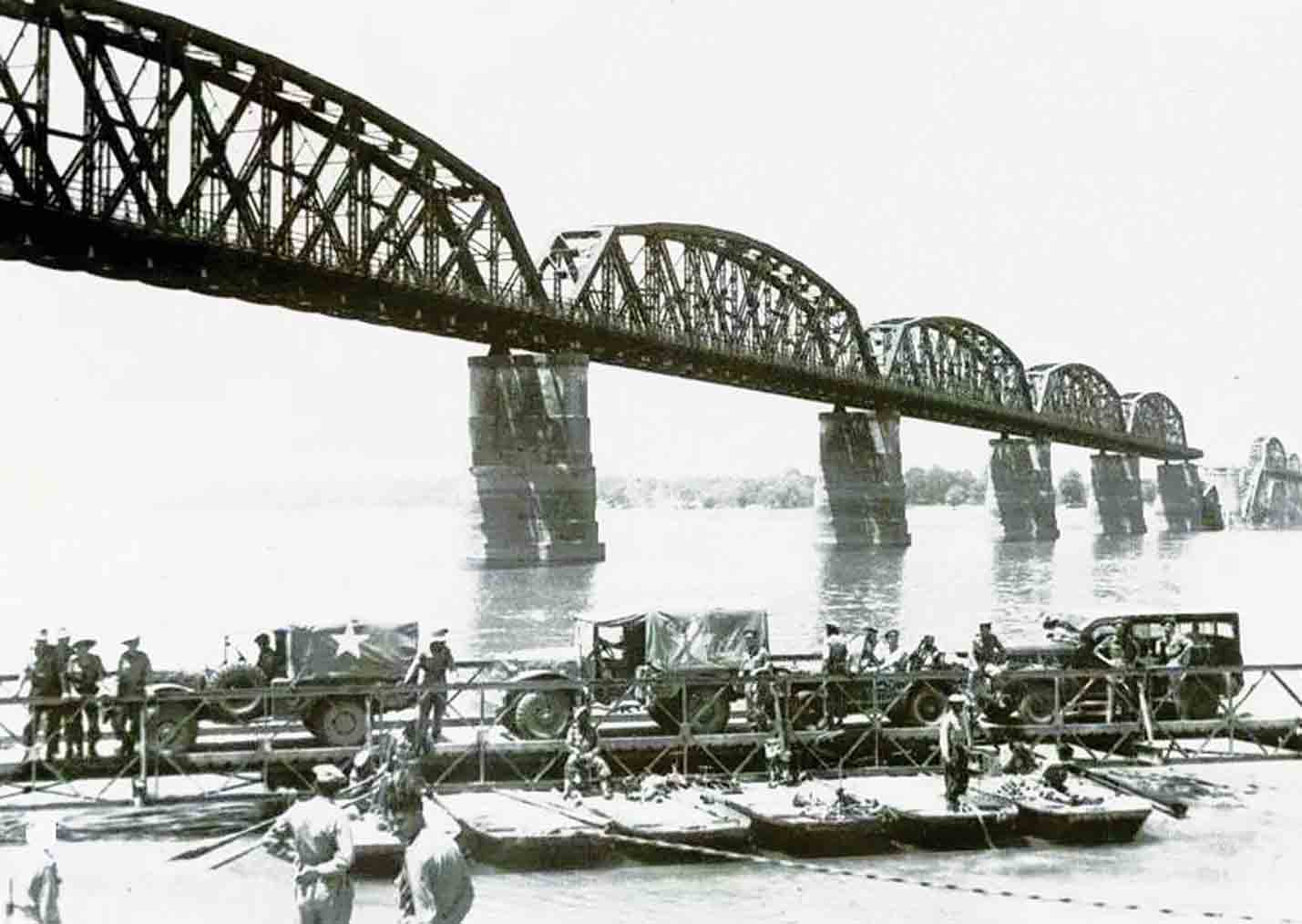In the early hours of April 1, brothers Than Zaw Htike and Aung Gyi plummeted into a river when the bridge beneath them collapsed in Myaungmya, Ayeyawady Region. Than Zaw Htike’s body has since been recovered, but Aung Gyi remains missing. As private news outlets considered the significance of this seemingly preventable tragedy, the state-run Global New Light of Myanmar decided the perfect opportunity had come to celebrate the country’s achievements in bridge-building.
The bridge that crumbled under the weight of two brothers’ chicken feed truck in the early hours of Sunday morning was famously weak, despite being the primary land route connecting Myaungmya and Labutta to Pathein and Yangon. Its lifespan expired in January 2017, but the construction of a replacement bridge, which began in September 2017, is only scheduled for completion in 2020. The most recent repairs to the old bridge had been completed on March 11 – just 20 days before its collapse.
Despite the implications of this information, or perhaps because of it, the April 2 issue of the state-run daily features no less than six articles containing 47 references to existing bridges, bridge construction, bridge inspections, and the importance of bridges, none of them related to the accident the day before.
The first article quotes State Counsellor Aung San Suu Kyi’s speech on honor of her government’s second anniversary. She says: “As a government which places great importance on openness and transparency, I have instructed all Union ministries to inform the public how many miles of new roads and bridges have been constructed…” She goes on to list a litany of other jobs she was elected to do but still demands recognition for doing.
The second bridge-obsessed article trumpets the construction of five bridges in Rakhine State and remarks that a total of 52 bridges have been built in the state.
“A developed area needs better infrastructure, such as roads and bridges, power supply, and transport,” the article’s author opines, much to the ire of the zero people who disagree with that.
A third article mentions the two bridges that would connect Yangon proper to the satellite towns that may one day be built if the project secures US$1.5 billion in private investments. (The Yangon Region government has pledged to put in US$7 million.)
Next, a two-page spread brazenly declares that the Ministry of Transport and Communications is “providing full service to the public.” The 1,800-word article claims that the ministry has inspected 447 bridges between Yangon and Pyay and 70 bridges on the Ayeyawady and Chindwin rivers, but it includes no mention of the bridge that fell and killed the two brothers a day earlier.

Then comes an 840-word love letter to the Innwa Bridge in honor of its 84th anniversary. “It was the only bridge which spanned the Ayeyawady River which can carry heavily laden vehicles across the river, resulting in efficient transportation of goods,” writes bridge-admirer Hsu Hnet before praising it for having “more character than the average, more modern bridge.” The downed Myaungmya bridge, built in 1996, would probably qualify as a modern bridge.
The sixth and final bridge-related article in yesterday’s Global New Light issue is a direct repetition of the earlier story about the five new bridges in Rakhine State, once again arguing that bridges make transportation “smoother” and are “important.”
That the Myanmar government’s primary English-language propaganda outlet would cherry-pick news to manicure its image is not surprising. In the months since Myanmar security forces began driving out nearly 700,000 Rohingya from the country last August, the newspaper has obsessively woven tales about the supposed harmony and coexistence between the “ethnic natives” of Rakhine State, always paying lip service to the culture and traditions of the state’s non-Rohingya residents – “Mro, Khamee, Thet, Maramagyi” – and always in that order.
One wouldn’t expect the Ministry of Information and the Lady in charge to use the same Orwellian tactic to save face from a single collapsed bridge. Maybe it’s a coincidence. But if not, it’s worth wondering why they protest so much.



Reader Interactions